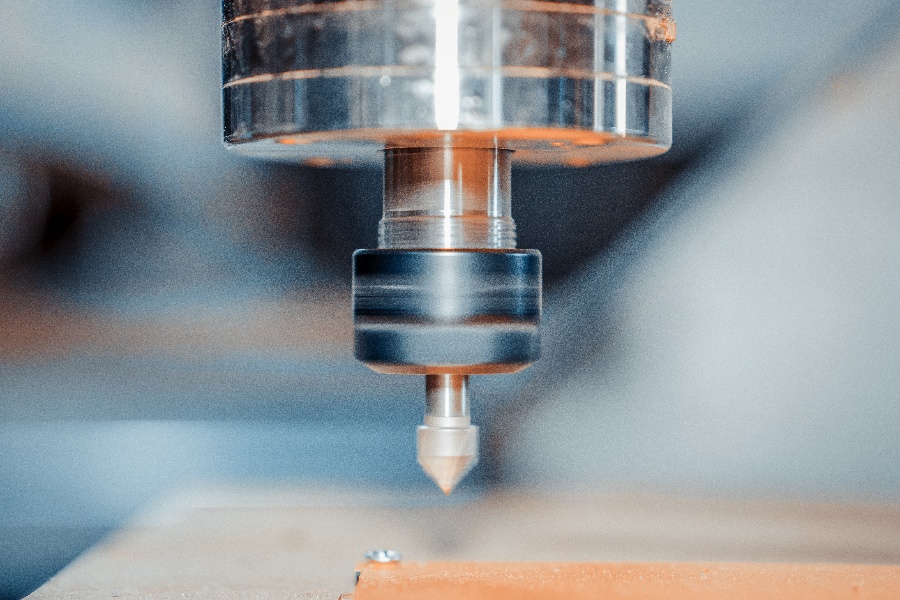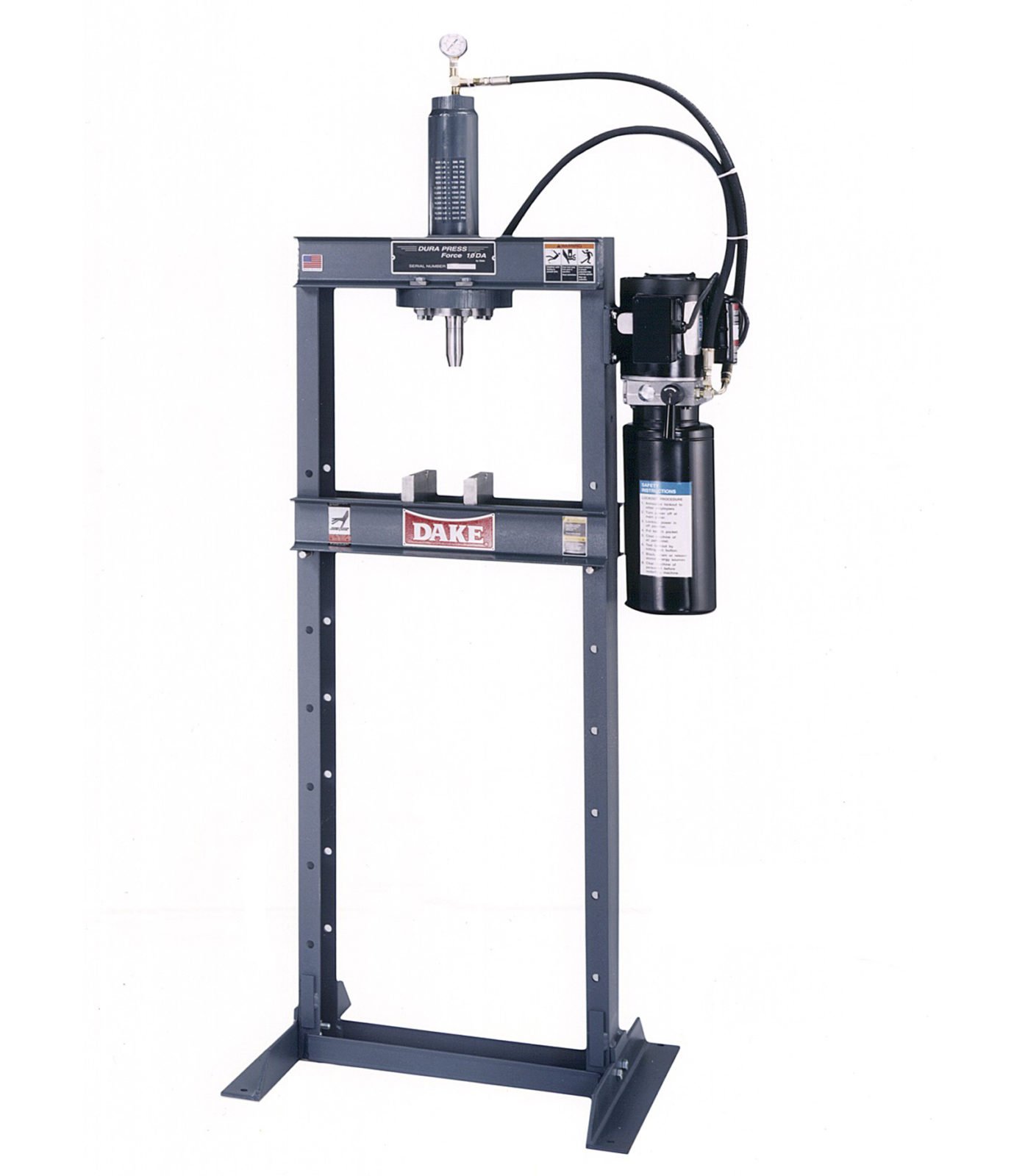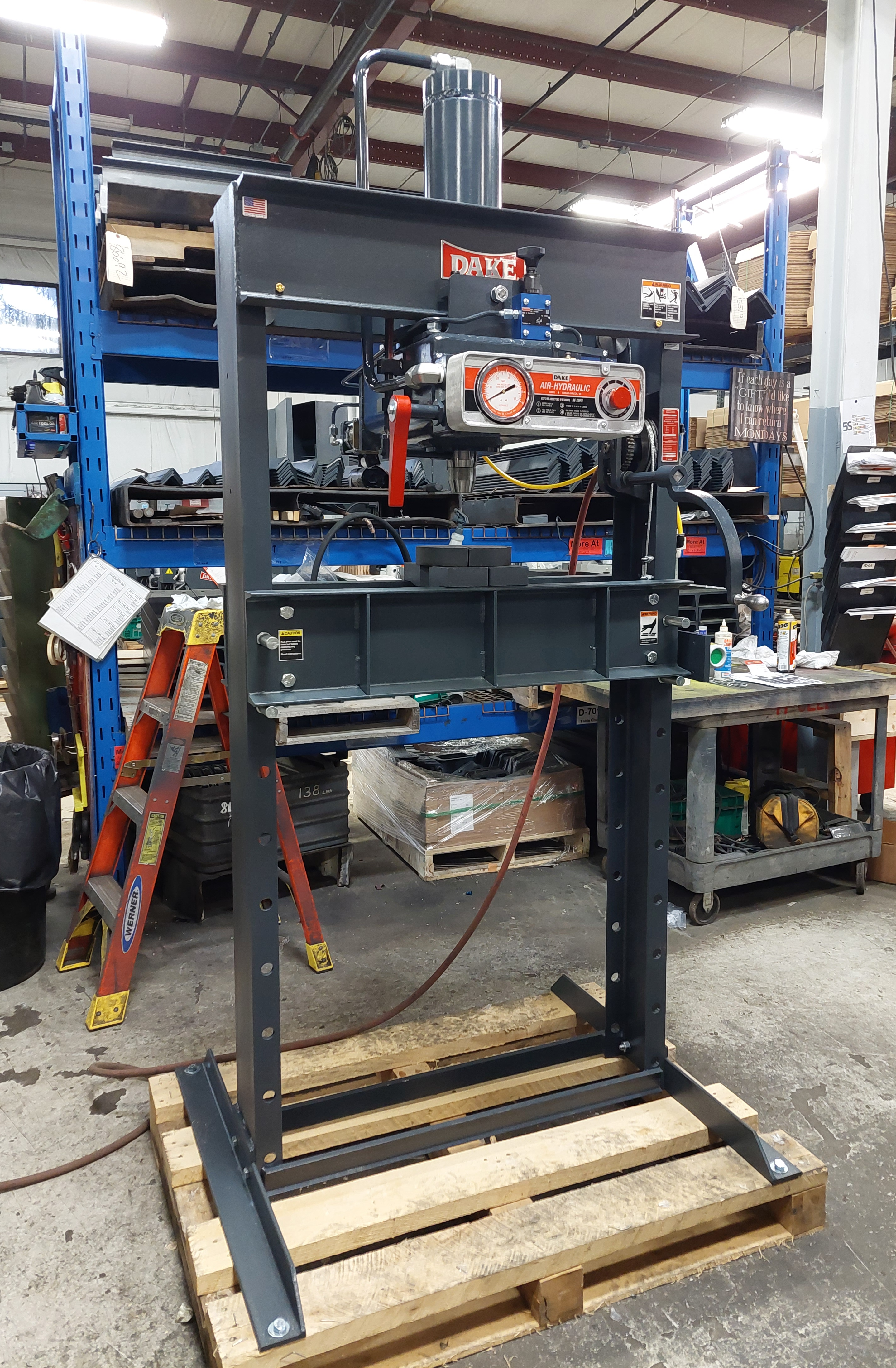A spindle is the heart and soul of many metalworking machines. When a spindle breaks, it can take weeks or even months to repair or replace, and it can be very costly.
While it is faster and more economical to have a broken spindle repaired than to replace it entirely, the best method is to properly maintain the spindle so that it doesn’t break.
In this post, our experts here at Dake share some tips and tricks to spindle maintenance that can help prolong the lifespan of your machines’ spindles.
Keeping the Pace
No matter what type of machine you have, ensuring that the spindle is running at the appropriate speed is crucial to minimizing the impact of normal wear and tear. Every spindle will eventually need to be replaced or repaired because of wear and tear. However, you can proactively reduce your machine’s downtime and save money by incorporating spindle maintenance techniques.
We recommend coming up with a spindle maintenance plan that runs along the same lines as your company’s goals. One of the first things to decide is which spindle service you will go with when your spindle needs repairs.
By already having a technician or repair company lined up, you can save time later on. This will also help you build rapport with the people working at the repair facility.
Another way to keep up the pace is to consistently monitor the spindles on your shop floor. Doing this will help you keep track of how the spindles are performing. It will also help you to avoid unpredictable downtime due to damage from wear and tear.
Regular Maintenance
Every metalworking machine is susceptible to normal wear and tear. However, by having your employees perform routine spindle inspections and maintenance, you can avoid significant downtime.
To come up with a good spindle maintenance strategy, first consider the type of operations your company typically undertakes. From this point, inspect each and every spindle on your shop floor to determine the appropriate course of interval maintenance to take.
Faster Isn’t Always Better
Quality over quantity applies here. Just because a particular spindle is super fast doesn’t mean it is better than other spindles. In fact, if you have a lightning speed spindle break down unexpectedly, you may be faced with a more costly downtime due to the drastic decrease in production.
A good quality spindle is always preferred over a fast spindle because it may last longer and be easier to maintain.
How to Measure Spindle Performance
Inspection, monitoring, and maintaining spindles doesn’t have to be difficult. There are actually only three things to consider when you are measuring a spindle’s performance. These are:
- Asset Availability
- Quality Level
- Production
Once you have assessed your spindles and determined the performance of each one according to the aspects listed above, then you can create and implement spindle maintenance plans.
Let’s look at some of the most common plans for maintaining spindles.
The Scheduled Plan
The first maintenance plan we want to discuss is the scheduled plan. Referring to routine maintenance, the scheduled plan includes consistent checkups and keeping track of spindle maintenance records. Depending on how often your spindles are in use, this could be weekly or even daily.
There is one issue with scheduled maintenance, though. It is more of a general maintenance plan based on a set number of aspects. It doesn’t take into account environmental concerns, service needs, or even fluctuating hours of operation.
This may result in unnecessary maintenance that can be more expensive. However, the scheduled plan is a good proactive approach to help avoid unexpected repairs.
The Emergency Plan
Another necessary approach to spindle maintenance is the emergency plan. Consider this to be a panic button of some sort. If a spindle breaks unexpectedly, this is the plan to follow to get it repaired and back into action as quickly as possible.
The emergency plan makes sprinkle repair a top priority. It is the most expensive plan, but it does reduce the downtime of the machine. If you want to have an emergency spindle repair plan in your arsenal, we recommend establishing a connection with a repair facility that offers rush services.
The “First Come, First Serve” Plan
If you don’t want to be bothered with spindle maintenance, then you can always go with the “first-come, first-serve” plan. With this plan, there are no checkups, inspections, or routine maintenance. It’s simply a “when it breaks, we will fix it” type of plan.
There isn’t any real urgency to this plan, and it can take months for the spindle to be back up and running. We do not recommend this plan since it will set your company operations behind significantly, but it is an option.
The Hotel Plan
If you prefer to take a more preventative approach to spindle maintenance, the hotel plan may be your best bet. Essentially, it’s like keeping a spare around. A replica of the working spindle is kept on the sidelines waiting to be put into use when the current spindle breaks. Not only is this a quick fix, but it also ensures that production does not stop.
The only real issue with the hotel plan is that replica spindles are very expensive. Investing in another spindle that may not be used for a very long time might not be a lucrative option for every metalworking facility.
To help reduce the costs of the hotel plan, we recommend finding a spindle supplier that allows for replacement “hotel” spindles to be housed for up to 12 months in their facility after repairs are made.
Picking a Spindle Maintenance Plan
Now that you understand the four types of spindle maintenance plans, it’s important that you choose the one that best suits your company’s goals. You may not even have the same spindle maintenance plan for every spindle.
Lesser used spindles may only need the emergency plan while others might benefit from the schedule or hotel plans. At the end of the day, no one understands your business better than you. So, take some time to weigh out the pros and cons of each plan and incorporate the one(s) that suit your business goals best.
Get in Touch
Want to learn more about metalworking machines and maintenance plans? Get in touch with our experts here at Dake.
-1.jpg?width=1200&height=525&name=DAKE003_%20Logos_Red%20(002)-1.jpg)

.jpg)

